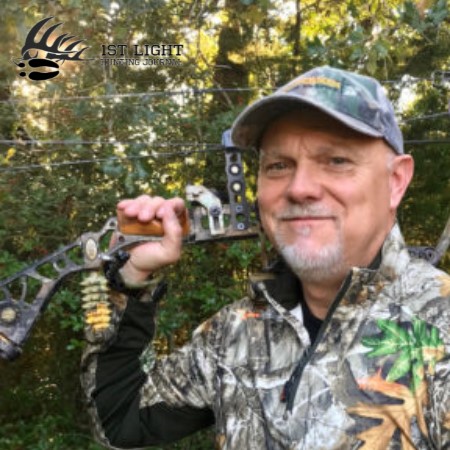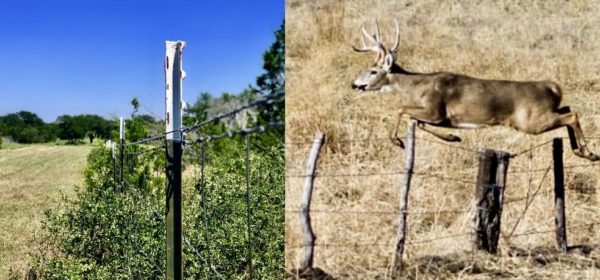By Jerald Kopp
I consider myself a 365 hunter. That means, among other things, that I do a lot of scouting during the off-season. This goes for familiar and new hunting properties alike and it’s always paid dividends. In my mind, it matters.
Shortly after the whitetail season, I carefully seek new buck bedding areas and check known ones. Likewise, I look for new trails. Sure, there are those known heavy paths that deer traditionally travel on properties. However, it’s always common for new ones to surface. It’s the new ones that need learning on an ongoing basis.

When it comes to deer hunting, fence lines do far more than simply mark property boundaries. They could hold valuable insight into deer travel patterns.
You don’t need deer sign to shoot a buck? I disagree. Sure, you can study aerial property views and hunting apps, but there is no substitute for putting your eyeballs on the hard facts.
>> Join the N1 Outdoors mailing list
Remote Control
Whether a 20-acre micro-property or a ten thousand-acre hunting mecca, the reflex action is often to seek and study heavy timber, thick creek basins, and ag field-hugging woodlots. And often these places are in the thick of things. That is, in the middle of the ranch and in hard to reach places.
This is, where the mature bucks are. These have to be the honey holes, right? There is certainly a mystique about these remote deer havens.
Though hunters differ in how much they are willing to pressure these areas, most will walk them; or at least areas adjacent to them. It’s in these sections where trails, rub lines, scrapes and bedding areas are discovered or confirmed.
Optimal Setups Determined
Finding these heavily visited and traveled areas leads to deer stand location strategies. Most of us already know this. It’s no shocker that we often see old rotted boards within and atop old trees next to heavy game trails.
Whitetails, especially bucks, tend to follow the path of least resistance. And, unless you hunt an extremely large property, free-range deer commonly cross food sources, draws, and fence lines. The latter seemingly is often ignored. So…
-
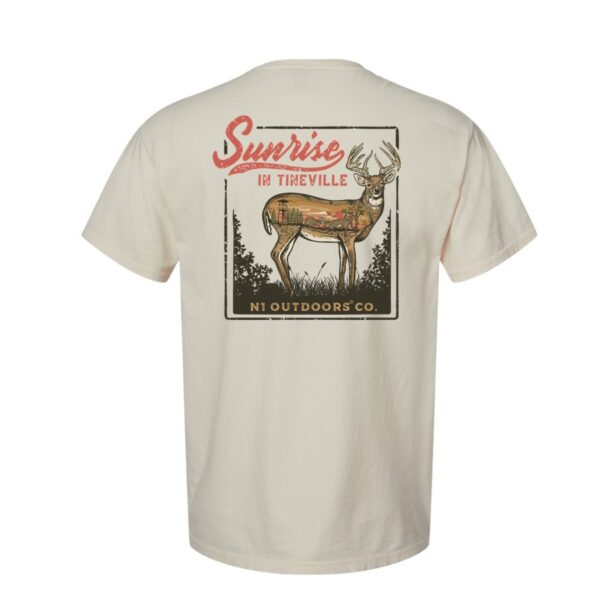
N1 Outdoors® Sunrise In Tineville™ Tee
Price range: $28.99 through $32.99 Select options This product has multiple variants. The options may be chosen on the product page -
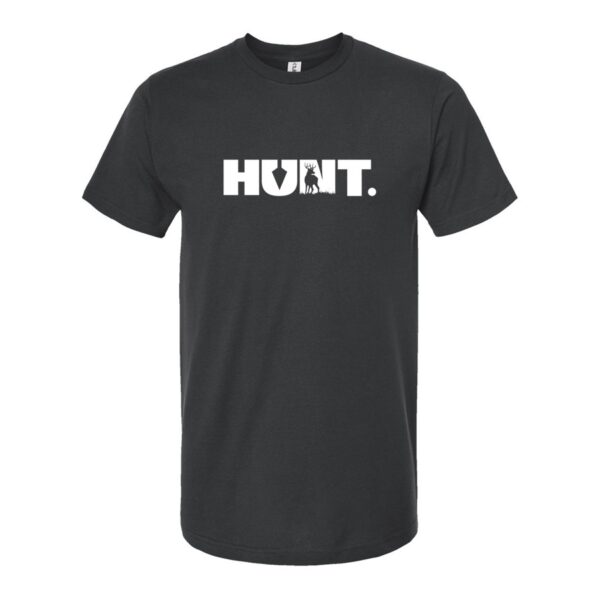
N1 Outdoors® HUNT. Tee (Various Colors)
Price range: $24.99 through $28.99 Select options This product has multiple variants. The options may be chosen on the product page -
Sale!
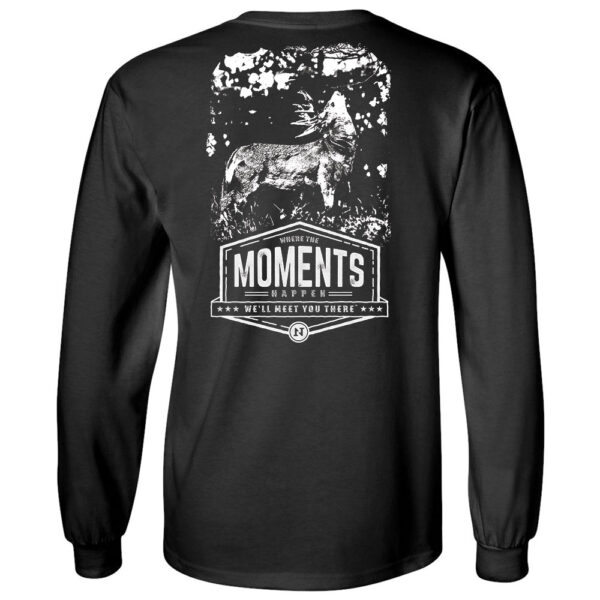
N1 Outdoors® Licking Branch Buck LS Tee
$19.00 Select options This product has multiple variants. The options may be chosen on the product page
Don’t Ignore Fence Lines
It seems that we often fail to see the elephant in the room – or in the case of deer scouting, the worn dirt found through property boundaries. Whether because we think we already know all the crossings or it just doesn’t cross our minds, it’s too valuable a piece of intel to overlook. These days, on regular and known grounds, I annually walk the fence lines for travel sign.
Whitetails create new routes all the time and, for that matter, can disregard old ones. The latter can happen for a variety of reasons such as new hunter pressure. In fact, I recently walked the boundaries of my latest property (in June) and found two new trails; and one of them lead directly to a bedding area not 150-yards from one of my tree stands.
Score!
It’s for this reason that it’s a great idea to follow through by following such trails as far as you can (or they remain noticeable). Similarly, you can often reverse things and follow interior trails to fence line crossings.
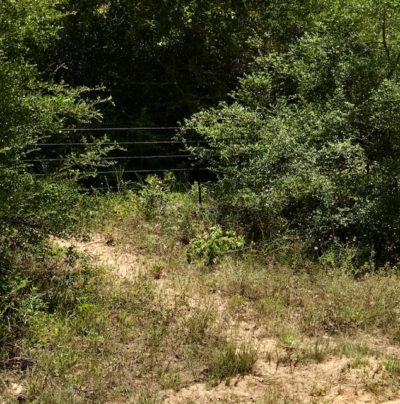
Don’t ignore scouting fence lines on your hunting property for deer travel sign. These fence lines often provide a funnel where deer move along as well as cross to get to and from food sources and bedding areas.
Finally, once the fence line funnel has been identified, set up 200-300 yards away, watch, and verify. Physically witnessing early morning and late evening deer movement through these paths is bowhunter gold.
The only step left at this point is to find a logical location closer to the action. In fact, the early season is a great time to cash in on fence line paths. During this stage, some whitetails are still in their more predictable patterns. There are also still some bachelor groups around.
Why Did the Buck Cross the Fence?
I can’t think of a punchline, so here goes…
There are various reasons why fence line recon is valuable. Obviously, if there are food and nutrient sources across properties, deer will regularly traverse accordingly. This is common in free-range areas.
Did you ever notice that you see a lot of rubs and scrapes along fence lines? I have. The fact is that even in more open country, fence lines have structure. Trees and other brush typically grow there. Birds drop seeds there and so on.
It’s sweet edge structure.
Maybe the real question is, other than seeking what’s on the other side, why do whitetails like fence lines?
Deer are naturally edge creatures, hence, preferring edge cover. This is, for example, common in parts of Texas where structure is a logical threshold from which to hit crops or the next brushy section. It’s deemed a safe transition area.
-
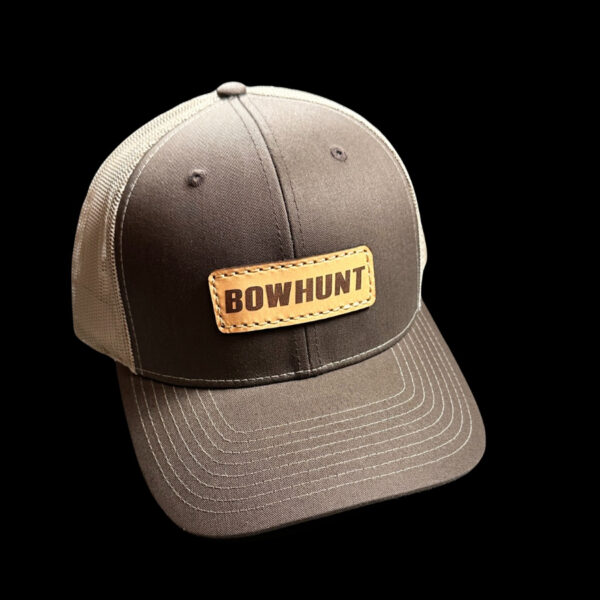
N1 Outdoors® “Bowhunt” Leather Patch Hat (Brown/Khaki)
$29.99 Select options This product has multiple variants. The options may be chosen on the product page -
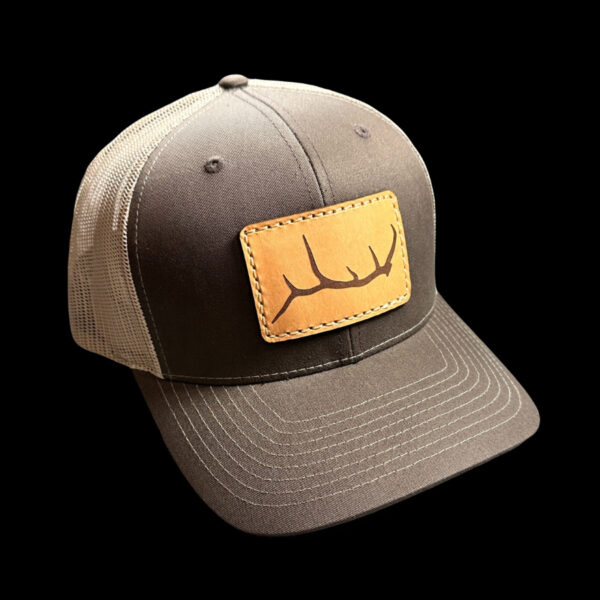
N1 Outdoors® Elk Antler Leather Patch Hat (Brown/Khaki)
$29.99 Select options This product has multiple variants. The options may be chosen on the product page -
Sale!
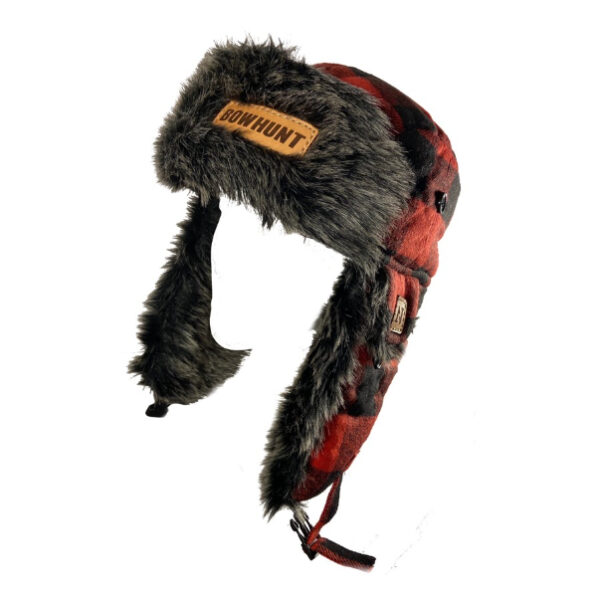
N1 Outdoors® Leather Patch Trapper Hat (Bowhunt design – various patterns)
Original price was: $29.99.$9.00Current price is: $9.00. Select options This product has multiple variants. The options may be chosen on the product page
The Property Line Maestro
Among other things, this all means that, as hunters, we can capitalize on existing cross-property travel patterns.
But what If no natural fence line funnels exist? Simple, create one.
Here we have a chance to do a little behavior modification. Specifically, use the mini woodlots and strips of cover along property boundaries to lead deer to routes favorable to us as hunters. For example, direct them toward grain field edges, small openings, or even open country.
Do some selective brush cutting along the fence. Better yet, lower the fence itself by loosening the top wire and attach it to the next lower one. Cable ties or pieces of wire work well for this. Remember, the path of least resistance. Utilizing these methods may be what it takes to get deer making tracks where you want them to go.
The Blind Has to Go Here
We know it when we see it. You know, the pocket of brush just inside of a shadowy oak canopy or a natural spot within a clump of cedars. Plus, in smaller woodlots such as these, there are often few choices for blind placement.
For bowhunters, in particular, this allows us to lead whitetails within range of where we want to sit. Also, note that this tactic is particularly effective during early season when some deer (even some bachelor groups) are in their more predictable summer patterns.
Hunting Etiquette and Backpedaling
A couple of qualifiers; First off, this article was written primarily with bowhunting in mind. Secondly, I don’t condone baiting property lines (even where legal). In such states, I don’t even condone placing game feeders within sight of the fence.
At least in my case, scouting and modifying edge structure takes place on cross-fencing within properties, as well as true property boundaries. For the latter, tread lightly and with courtesy.
I can’t define the parameters around property boundary hunting etiquette. There a lot of different ideas out there. In Texas, I was always told that it was bad hunting manners to place a blind within 100 yards of the fence. Admittedly, the vast majority of these hunters were gun hunters.
Obviously, hunting property boundaries is a volatile topic – and for good reason. Hunters have an age-old tradition of preserving acceptable behavior in the woods, and I’m not suggesting anyone should violate it. This tactic has little to do with hunting fence lines. However, it has everything to do with scouting, as well as modifying and capitalizing on whitetail travel patterns.
Over the years, I’ve accumulated a lot of torn jeans and shirts at the hands of barb-wire fences and the brush around them. As a whitetail hunter, I think it’s been well worth it. If you haven’t already done so, walk the perimeter and develop a plan of action. It just may pay big dividends this deer season.
